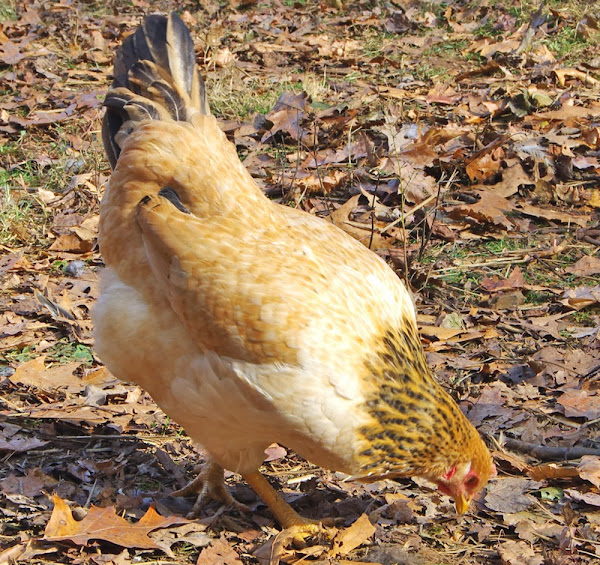Generally 14 to 16 hours of lighting for laying hens is required for better egg production from them. Lighting is very important for raising laying hens whether you are raising few chickens on your own backyard or raise a large flock for commercial egg production.
Egg production from your hens can become slow or stop if you can’t manage sufficient lighting period for them. Usually egg production decreased during winter seasons due to lack of sufficient amount of daylight. You have to provide artificial light for your hens during this season.
And thus you can continue egg production from them. For regular egg production, your hens require at least 14 hours of lighting period. But it will be better if you can manage 16 hours of lighting for them.
Use one 40 watt bulb for every 100 square feet of coop space and this will help your hens to continue laying eggs. Follow the steps below for managing lighting for laying hens.
Determine the natural lighting period and decide when you need to use artificial light. Laying hens require at least 14 hours of light but they will perform better if you manage 16 hours of lighting period for them.
Ensure about 8 hours of darkness for proper roosting. So plan for using artificial light for six to seven months throughout the cold months.

Measure the inside dimensions of your chicken coop and calculate the total flooring space. And then calculate how much bulbs are necessary for distributing adequate amount of light for your hens.
Calculate square-footage by multiplying the length of the coop’s floor space by its width. For example, if your chicken coop become 15 feet in width and 20 feet in length then total area will be 300 square feet.
Use one 40 watt bulb for each 100 square feet area. So you will need 3 bulbs for providing adequate lighting for your laying hens.
You can install the lights inside your coop by your own. If you can’t, then you have to hire an electrician for doing it. You can use both florescent and incandescent bulbs inside the coop.
But using incandescent bulbs is effective for your laying hens than using florescent bulbs. Because the wavelengths of incandescent bulbs has similarity with natural sunlight.
You can setup a timer for switching on and off the bulbs in proper time and it will ensure proper amount of lighting period for your hens. Some backyard chicken owners leave the lights on for all time.
Don’t do it for saving energy. Instead use a timer for turning off and on if you desire. If you can’t do the process manually.
Check the bulbs inside the coop frequently and replace the failed ones. Ensure that there are no dark spots are available inside the chicken coop when the lights are switched on.
Always keep the bulbs away from all types of flammable materials. Doing this will limit the risks of firing. Always wire the light and ensure good protection.
In a word, lighting is very important for your laying hens. So ensure availability of adequate amount of lighting period for your chickens for getting better egg production.






